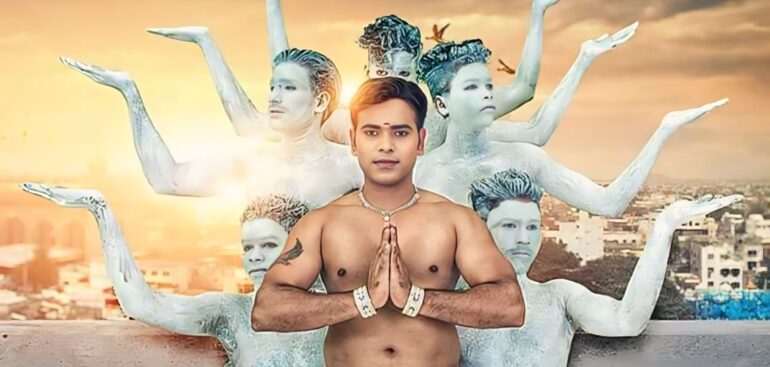In the vibrant and diverse landscape of Indian performing arts, dance groups stand out as cultural ambassadors, skillfully blending traditional dance forms with contemporary styles. Dance in India has always been more than mere entertainment; it’s a rich narrative woven with stories, spirituality, and cultural values. Dance groups, especially iconic ones like the Prince Dance Group, have taken the legacy of Indian dance further by incorporating classical and folk elements into their performances, making them resonate with audiences globally.
The Rich Heritage of Traditional Indian Dance Forms
India boasts a plethora of traditional dance forms, each region nurturing its own distinct style. Bharatanatyam, with its graceful and intricate footwork, originated in Tamil Nadu, while Kathak from North India tells stories through spins and expressive gestures. Odissi, rooted in Odisha, is known for its fluid movements, while Manipuri from Northeast India emphasizes delicate and serene motions. Additionally, vibrant folk dances like Bhangra from Punjab, Garba from Gujarat, and Lavani from Maharashtra bring a burst of color, rhythm, and cultural tales to the stage.
These traditional forms each have unique techniques, costumes, music, and stories that reflect the values and beliefs of their regions. In recent years, dance groups across India have creatively incorporated these classical and folk styles into contemporary performances, honoring their roots while appealing to modern sensibilities.
Fusion of Tradition and Modernity
Dance groups today face the exciting challenge of preserving tradition while engaging younger audiences and remaining relevant. This has led to innovative performances where classical and folk elements are combined with modern dance, hip-hop, or even Western ballet. Prince Dance Group, one of India’s most popular dance ensembles, has mastered this fusion. Known for their electrifying performances and technical precision, they have introduced audiences to Indian traditions by showcasing them in a fresh, visually captivating way.
Prince Dance Group’s journey began with the desire to share stories of India’s rich heritage. For instance, they often incorporate Odissi elements into their routines, reflecting the group’s origin in Odisha. Through dynamic stage setups and colorful costumes, they bring traditional Indian stories to life. In one of their most notable performances, they recreated scenes from Indian mythology, blending classical dance forms with contemporary choreography to captivate viewers and evoke a sense of nostalgia.
Techniques in Blending Traditional Dance with Contemporary Styles
When incorporating traditional dance forms, dance groups often keep the core elements of each style intact while experimenting with formations, lighting, and music to create a visually compelling experience. For instance, the intricate footwork of Bharatanatyam or the expressive gestures of Kathak are retained to preserve their authenticity, but the stage might include contemporary music or innovative props to give it a modern touch.
Prince Dance Group, for example, seamlessly merges Odissi’s expressive movements with synchronized group choreography to enhance visual impact. By using these techniques, they ensure that the traditional essence is not lost, while making the performance relatable to diverse audiences.
Reviving Cultural Narratives through Dance
One of the profound impacts of incorporating traditional forms is that it keeps cultural narratives alive. Dance groups often portray themes from Indian mythology, folklore, or historical events. Prince Dance Group is well-regarded for presenting Indian epics like the Ramayana and Mahabharata, transforming mythological tales into breathtaking visual displays. Their performances are not just about entertainment but also serve as a medium for cultural education, allowing the younger generation to experience and appreciate India’s heritage in a captivating format.
The Global Appeal of Indian Dance Fusion
The global appeal of dance groups like Prince Dance Group stems from their ability to bridge the gap between Indian tradition and global audiences. Through platforms like television talent shows and international festivals, they have popularized Indian dance forms worldwide. Their success has inspired other dance groups in India to experiment with similar fusions, ensuring that traditional dance remains vibrant and continues to evolve.
Conclusion
Dance groups in India, particularly Prince Dance Group, play a pivotal role in keeping traditional forms alive by incorporating them into contemporary performances. Their dedication to maintaining cultural heritage while innovating with new styles has broadened the appeal of Indian dance forms, making them accessible and engaging for audiences worldwide. By watching these performances, viewers not only enjoy a visual spectacle but also connect with India’s rich cultural legacy.

